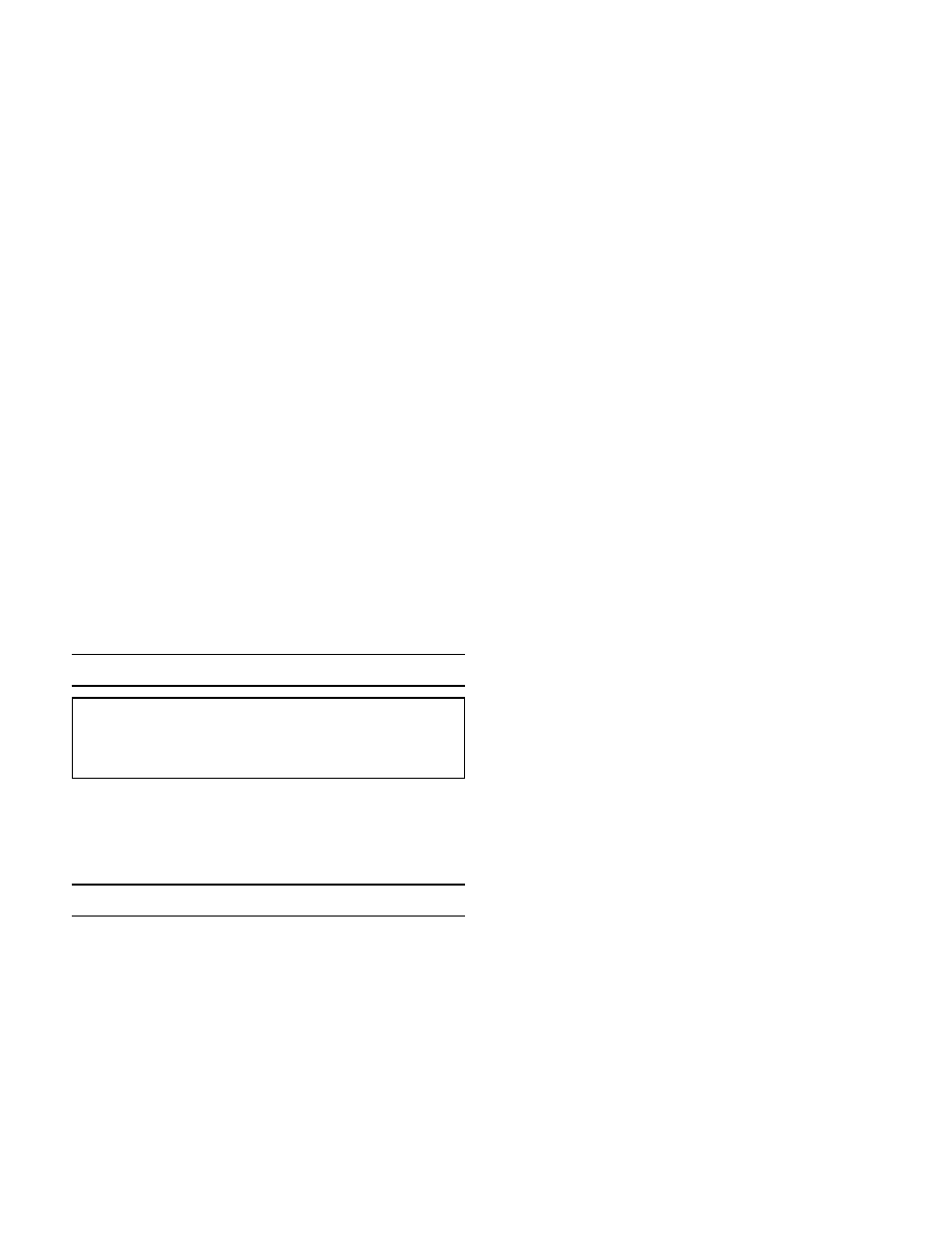Shutdown, Maintenance – Jordan Valve Mark 627 Series - Gas Service Regulator User Manual
Page 2

the flow will result in accelerated wear on the disc as-
sembly (9) and seat (2).
Replacing the Disk Assembly and Seat
Remove cap screws (3), separating the diaphragm
1.
case (5) and upper housing (24) as a unit.
Inspect the seat (2) and remove / replace if neces-
2.
sary. Apply general purpose lubricant to threads of
new seat prior to installation.
Inspect disc assembly (9) for wear / damage.
3.
Should replacement be necessary, remove the hair
pin clip (13) that holds the disc assembly to the
stem (10). Install new disc assembly by aligning the
hole in the disc assembly and stem and reinstalling
the hair pin clip.
Should stem maintenance be required proceed as
4.
follows:
Remove the boost body (6), stabilizer (7) and
a.
stem guide (8) form the diaphragm case. Un-
hook and remove the stem from the lever (15)
and remove the diaphragm case.
Remove and inspect the diaphragm case o-ring
b.
(4) and replace as necessary, being sure to lib-
erally lubricate with a general purpose grease
prior to installation in the boost body.
To reassemble, insert the stem into the diaphragm
5.
case and hook into the lever. Be sure to position
the diaphragm case assembly such that the pilot
tube is inserted into the Outlet side of the body.
Secure the diaphragm case assembly to the body
with the two cap screws. Torque the cap screws to
25 ft.-lbs. (34 N•m).
Diaphragm Assembly and Upper Housing
Maintenance
IMPORTANT! Prior to accessing the spring (27) all
pressure must be released from the diaphragm case.
Remove the cap (30), loosen the jam nut (28) and
1.
turn the adjusting screw (29) counter-clockwise un-
til all spring compression is relieved.
Remove the upper housing cap screws (31) and re-
2.
move the upper housing. If changing the spring or
adjusting the upper housing position, do so at this
point and reinstall spring, upper spring seat (26)
and upper housing cap screws and readjust regula-
tor per the instructions under Start-Up Operation
on page one.
If diaphragm assembly maintenance is required, re-
3.
move the diaphragm assembly by tilting it such that
the post and pin assembly (19) slips off the lever
(15). If lever replacement is necessary, free it by
removing the lever cap screws (18). Install the new
lever into the lever retainer (16) by inserting the
lever pin (17). Secure the entire assembly into the
diaphragm case by reinstalling the lever cap screws
and torquing them to 7 ft.-lbs. (9 N•m).
Assuming that the regulator is isolated with shutoff
valves on both the upstream and downstream sides,
slowly open upstream valve followed by slowly opening
the downstream valve. Check all connections for leaks
and make necessary output adjustments by manipulating
the adjusting screw (29) per the adjustment procedures
below.
Adjustment
The range of adjustment for a particular regulator is
indicated on the nameplate. Different ranges can be
achieved by substituting a different spring (27).
IMPORTANT: If a new spring is installed the name-
plate must be remarked to indicate the new pressure
range.
Refer to Tables 1 and 2 prior to adjustment for pres-
1.
sure and flow information, assuring that the chosen
spring will facilitate the desired pressure regulation
and that the maximum pressure output does not
exceed the downstream system pressure limits.
Remove the cap (30) and loosen the jam nut (28).
2.
To INCREASE pressure:
3.
Turn adjustment screw
clockwise.
To DECREASE pressure:
4.
Turn adjustment screw
counterclockwise.
Once the desired pressure is achieved, hold adjust-
5.
ment screw while securing the jam nut and replace
cap.
Shutdown
WARNING! Downstream pressure must be re-
leased to prevent an over-pressurization of the
diaphragm. Failure to do so may result in prop-
erty damage and/or personal injury.
Close the upstream block valve followed by closing
1.
the downstream block valve. Open the nearest vent
valve between the regulator and the downstream
block valve.
Maintenance
Routine maintenance should be expected due to normal
wear and tear, damage from external sources or debris.
The regulator components, especially the moving and
sealing parts, should be inspected periodically and re-
placed as necessary. Frequency of inspection/replace-
ment depends upon severity of conditions, but may also
be required by local/state/federal law or industry stan-
dards.
Body Area Maintenance
Large pressure drops or large amounts of particulate in
-2-
